Easter celebrations are always a highlight in my household. Whether the kids are decorating eggs with brightly colored paints, or hunting plastic eggs to discover the hidden candy treasures inside, it's always a blast.
As I thought about the joys of the holiday, I wondered about the history of Easter Eggs. Why do we decorate them? What's up with the hunts?
It's a fascinating topic. I hope you'll agree – here's what I found out.
Did you know that the U.S. goes through an estimate of 180 million eggs around Easter each year? The exact number might be even higher than that. It's wild to think about, but with so many traditions surrounding eggs for the holiday, it's not surprising.
For those of you as curious about these Easter gems as I am, let's take a more in-depth look.
An Easter egg is an egg that's usually decorated or otherwise themed in line with typical Easter themes.
Although most people consider decorated hard-boiled chicken eggs the mainstay of the holiday, they aren't the only seasonal egg. Easter Egg hunts often pair plastic eggshells with candy and toys inside, and the Easter candy tradition also includes chocolate (and other flavored) candy eggs.
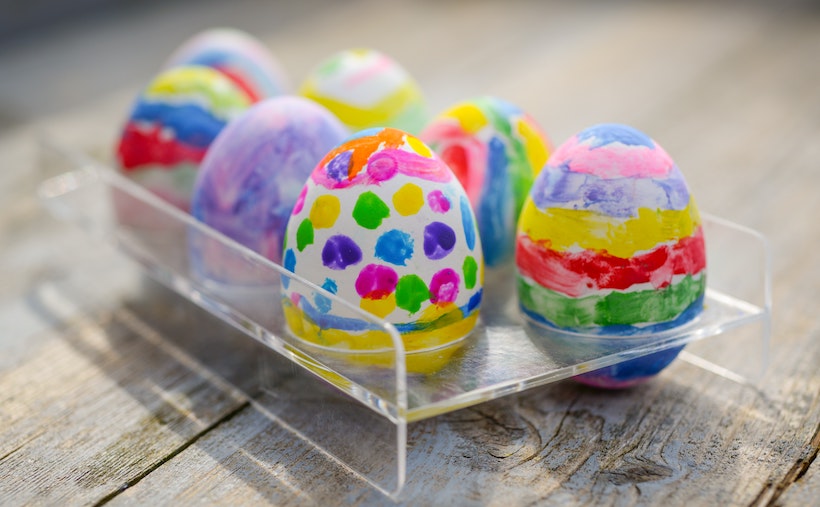
"What came first, the chicken or the egg?"
Every culture, it seems, has an egg-related saying or symbol. Consider the magic inherent in a physical egg – the brittle outer shell hides a process honed over thousands of generations. Suddenly, the eggs cracks and out bursts a new life.
With such a dramatic presentation, is it any wonder that the egg is a symbol in so many cultures?
It's normal to see Christianity hold firm to it, considering how widely eggs are used for Easter. However, evidence shows it pre-dates Christianity.
I had enough information from there to dig deeper into the symbolism surrounding eggs.
Eggs appear magical, but note they're also universal – wherever humans traveled, there were always egg-laying mammals not far away. Hence, you see eggs as a symbol of new life and rebirth everywhere.
And, most commonly, eggs are also seen as a symbol of Spring, the season where (in many parts of the world) the Earth shakes off its winter slumber and is 'reborn' with the new life of plants and animals.
Long before Christianity, eggs were a representation of fertility, Resurrection, and rebirth – and even the creation of the Earth itself.
For instance, there's the Chinese creation story about Pangu. The myth discusses Pangu's birth inside of a large black egg after 18,000 years. He awoke to break himself out, and as he pushed the egg apart, he separated Yin and Yang to create the Earth and the sky.
Hindu mythology is another that uses an egg in its creation tale, and this dates back to the 10th and the 7th century BCE. In some cases of its cosmogony, Prajāpati (The Lord of Creatures) came from an egg.
Other stories explain how this Lord instead created the waters, and after he entered them, an egg developed. This led to the birth of the God of Fire (Agni), and the shell from that transformed into the Earth.
There's also the ever-popular tale of the phoenix.
A phoenix creates a cremation egg through the use of myrrh (a natural gum or resin). It hollows out the myrrh egg and places its predecessor's ashes inside. After the phoenix seals the opening, it flies it back to Heliopolis to sit on top of an altar at the Temple of the Sun.
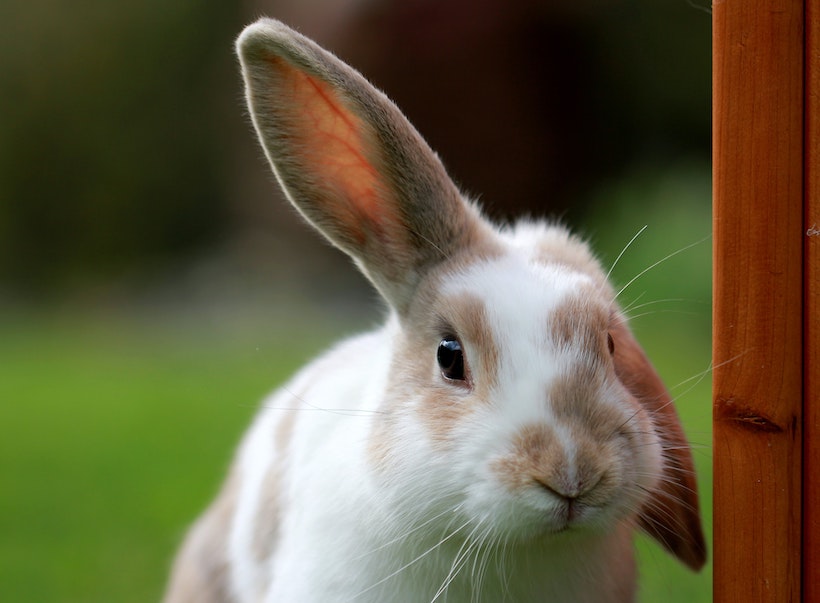
Since stories surrounding eggs pre-date Christianity, it makes sense that folks decorated them long before that, too.
There's evidence of 60,000-year-old engraved ostrich eggs in Africa. We also know that 5,000 years ago, Ancient Egyptians decorated ostrich eggs for placement in graves.
People in Persia colored eggs for thousands of years to celebrate the Zoroastrian New Year.
With that amount of proof, there's no denying the intricate and multi-layered roots decorating eggs have in the world's history.
Out of the many cultures and religions that feature eggs in their folktales and traditions, Pagan stories standout. Paganism is a broad category oft-used to refer to polytheistic pagan subjects (and initially coined by Christians).
Allow me to sidestep most of the controversies. Whoever may have "claims" to decorating eggs in Springtime (and any symbolism), many Biblical scholars necessarily agree that Easter occurs roughly around the same time as Pagan festivals welcoming the Spring (Vernal) Equinox. And Easter is tied to the Vernal Equinox too – it's the first Sunday after the first full moon after the equinox.
(Many religions have feasts and holidays around this time – for example, Purim, Holi, and Hola Mohalla all occur around the same time)
But is Easter an appropriation of pagan holidays?
Maybe parts, but not all. The Church has always referred to the "Easter Season" as Pascha, or Greek for Passover – the word 'Easter' never appears in the Bible. The King James translation mistranslated Pascha to Easter, instead of 'after the Passover.' And even now, Easter is mainly used in English-speaking countries.
Easter is most likely an adoption from the Germanic or Anglo-Saxon Ēosturmōnaþ, roughly 'April.' The Venerable Bede, a Benedictine Monk in Northumbria, noted the existence of an Anglo-Saxon goddess Ostara, or Ēostre.
In Bede's telling, the indigenous English people had a feast day to Ēostre, and the month and season itself borrowed from here name. Ēostre was a fertility goddess, and that's where you also get some of Spring's symbols: eggs denoting new life and prolific bunnies, flowers, and birds.
Here's the bottom line: the Bible's tales of the Passover do not include bunnies and eggs. (It does, however, include many lambs).
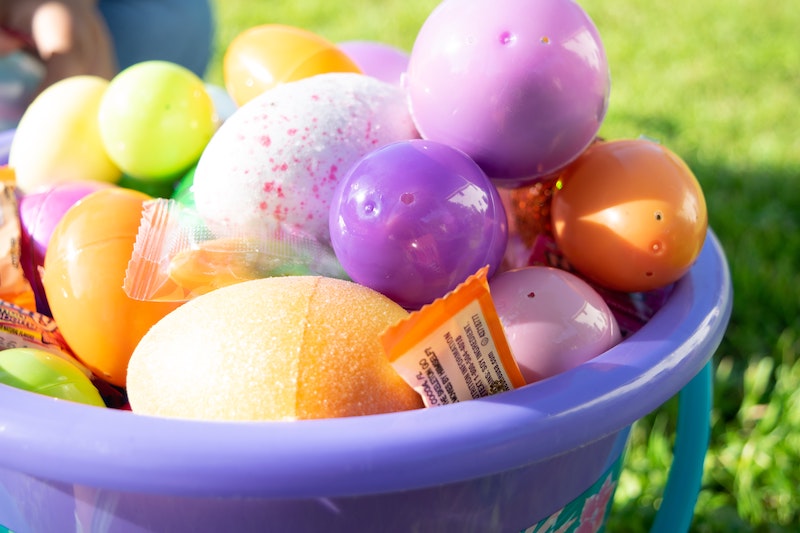
However, as religion comes to an area – and Christianity made it to the Anglo-Saxons starting in around 600 AD – some traditions remain. Some of those traditions, such as eggs, could have been useful to explain the tenets of a religion. Thus you have, for example, eggs to explain Jesus's Resurrection after three days.
Beyond eggs – it's likely true that Easter borrowed some themes and symbols from holidays that existed. But Easter itself, or more appropriately Passover, is Christian.
If you know about Easter, whether you're religious or not, then you probably have an idea about how Easter eggs connect to Christianity. Whatever the origins of the springtime egg, to Christians (and I am one!), the eggs represent new life and rebirth and remind them of Jesus's death and Resurrection.
With that said, different cultures, and different branches of Christianity treat eggs and decoration in different ways.
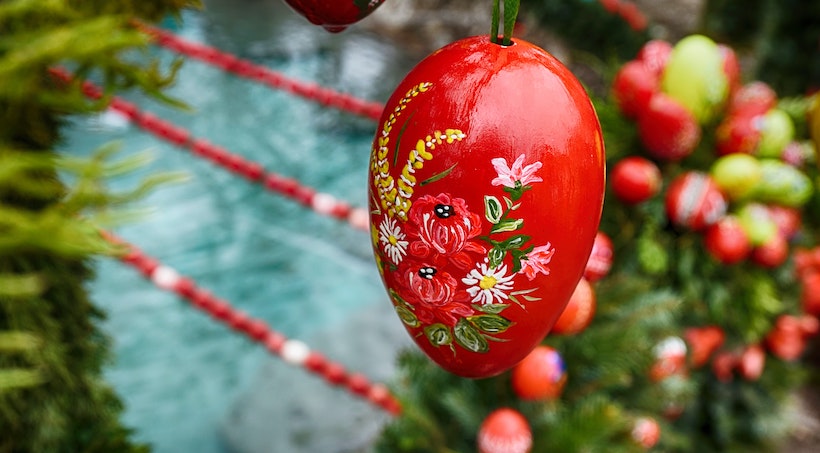
Not only do these decorative eggs differ across cultures and religious branches, but also among cultures within the same faith.
Those in Eastern Europe have extraordinary variances in terms of egg decorations based on hundreds of cultures.
Some cultures use beeswax and alternating coloring or 'writing,' such as Ukraine's Pysanka. Other cultures in Eastern Europe dip eggs into dyes continuously to make several layers. For these traditions, it's usually passed down within families, from mothers to daughters.
A Slavic minority in Germany, the Sorbian people, are known to use melted wax and tiny engravings on eggs that are dipped into color baths. They later remove the wax to reveal beautiful, multi-colored designs. It's a tradition that's centuries-old.
Egg decorating is seen throughout Germany, and it's a popular custom. Some pierce their eggs using a tooth drill, while others outline them with lemon juice.
When it comes to Lutheranism, there doesn't seem to be much difference in traditions from other Christian denominations.
With so many Christian denominations, there are many rules for food and consumption when it comes to Lent.
Some historical practices eliminated eggs from the diets of Christians during Easter: many Christians only eat fish, and avoid meat and sometimes dairy. Because of that, Christians rejoiced at Easter to celebrate the end of Lent by consuming eggs (real ones – the chocolate came later).
Whether you're looking to make hard-boiled eggs to eat or to decorate, you're going to want them hard-boiled. Don't worry, I've got you covered!
Let's stick with the hard-boiled chicken eggs for a moment, though. It's essential to create quality hard-boiled eggs no matter if you're using them for decoration... or just to serve for Easter dinner. (And later, avoid slicing your fingers with a top egg slicer pick.)
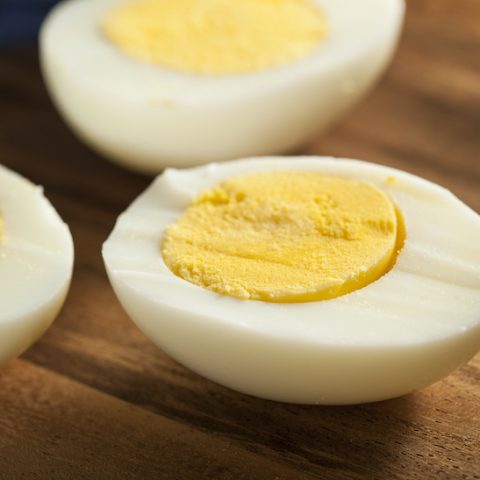
Whether you're making eggs to eat or to decorate, try this classic way of hard-boiling your eggs.
Depending on taste, you can adjust step 5 for between 7 - 12 minutes. Shorter times leave a softer boiled eggs, longer times are much harder.
Okay, so you don't want to eat your eggs (or, at least, not yet...). You'd rather decorate them.
If my kids taught me anything, it's that there are many ways to color an Easter egg. (Yes, some are better than others).
First, you create your mixture via an egg coloring kit or your homemade combination of food coloring and a hot cup of water. You can add about ¼ cup of vinegar for more vibrant colors.
If you want decorations like polka dots, add them before coloring so you can peel them off after.
A common way to color Easter eggs is the dip method. Just use a spoon (or a special egg spoon) and dip the egg into a cup of dye.
It should sit for at least three minutes before you pull it out. Consider leaving it longer for even bolder colors. (Of course, we usually lean towards the pastel for Easter.)
If you want multi-colored eggs, let the first color dry before you dip the egg again.
You can also add glitter to the dye mixture for some sparkling eggs.
Alternatively – or in addition – you can use the sponge method. My kids love this fun technique. Just mix roughly five or so drops of food coloring with just a bit of water. Dip a small sponge in and press the color onto your egg to create a cool splattering pattern.
Throughout time, you'll probably notice some tweaks to common Easter traditions. Some are still around, while others have either gone to the wayside or feature modern interpretations.
Perhaps among the most modern Easter egg traditions is how they're colored. Many religious followers only used red to paint eggs to symbolize the story around Jesus and His Resurrection.
Now, a host of colors and patterns are used. Food dyes exist in today's world that wasn't heard of centuries ago too.
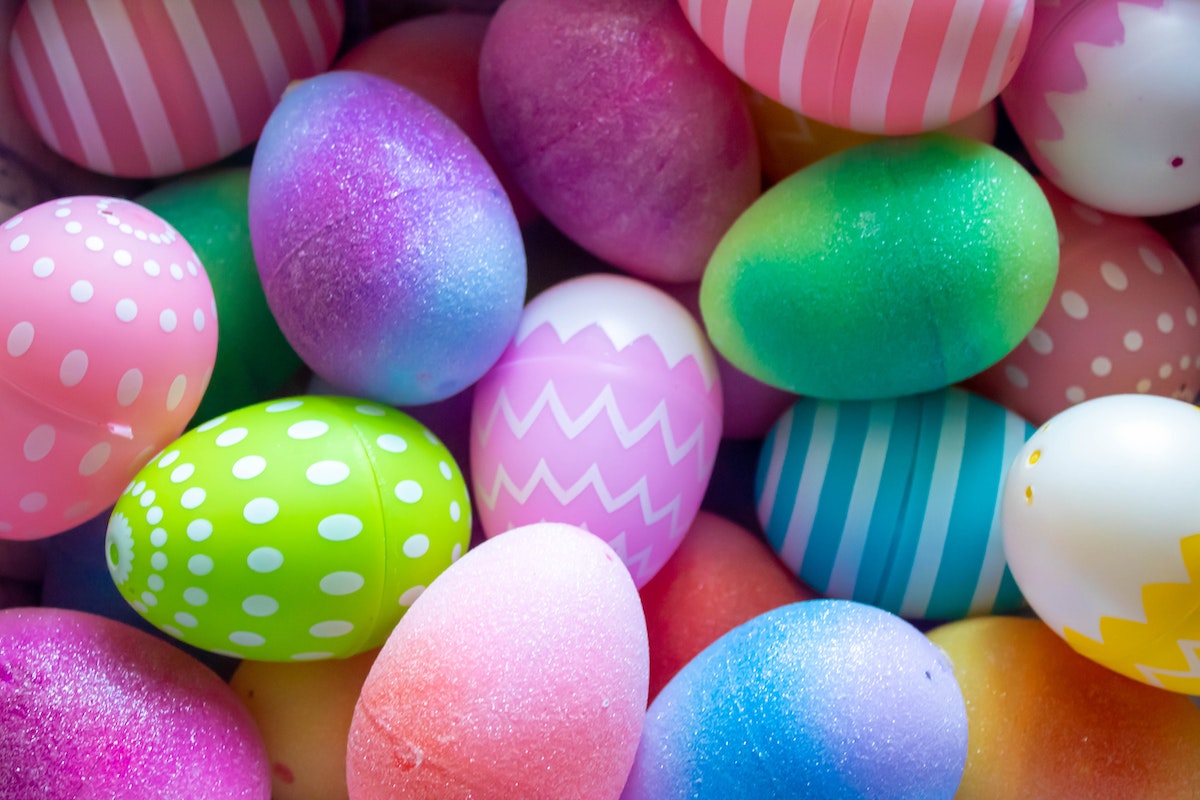
The Easter egg hunt is a well-known staple, especially with kids. (I know my kids eagerly anticipate it every year.) However, it didn't always exist.
Traces of the game are found from around the 1700s, and it's believed to have originated with German immigrants in the U.S. It evolved into the treasure hunt we know and love today.
There's also egg rolling, a game that began back in the 1800s. It's become such a tradition that the White House hosts an annual Easter Egg Roll event that started in 1875.
Another modern interpretation of Easter eggs is chocolate and other types of candy eggs. While animal eggs are the 'authentic' Easter eggs, people have gravitated toward "fake" eggs for years now.
Whether it's just to do something unique or because they're adhering to not eating any sort of meat or animal product for the time, candy eggs are extremely popular. And there are so many varieties of chocolate Easter eggs out there.
Some are hollowed out with room to slip in other smaller candies instead of using the plastic ones, while others are filled with cream or caramel. Famously, there'a also the (banned in the United States!) Kinder Egg, which combines two traditions and mixes a chocolate egg with a toy inside.
Outside of the candy eggs, there are, of course, quite a few springtime and Easter meals that involve eggs of some sort.
If you find yourself with too many hard-boiled eggs (hint, hint), you can go with the ordinary deviled eggs that serve as a beautiful appetizer. There's an assortment of Easter bread recipes you can use that feature eggs as well.
A meat pie is another classic meal that involves plenty of eggs.
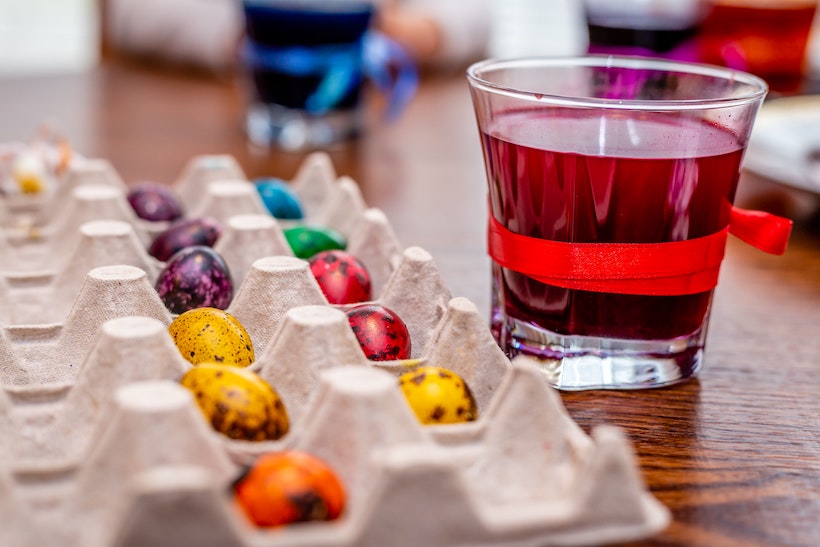
Easter Eggs have a rich history, rooted in traditions that stretch back before modern religions. Every culture worldwide has an association with eggs and Springtime, and often also with fertility, rebirth, and youth.
I hope you found this journey as fascinating as I did – but now I'm off to color some eggs with my daughters!